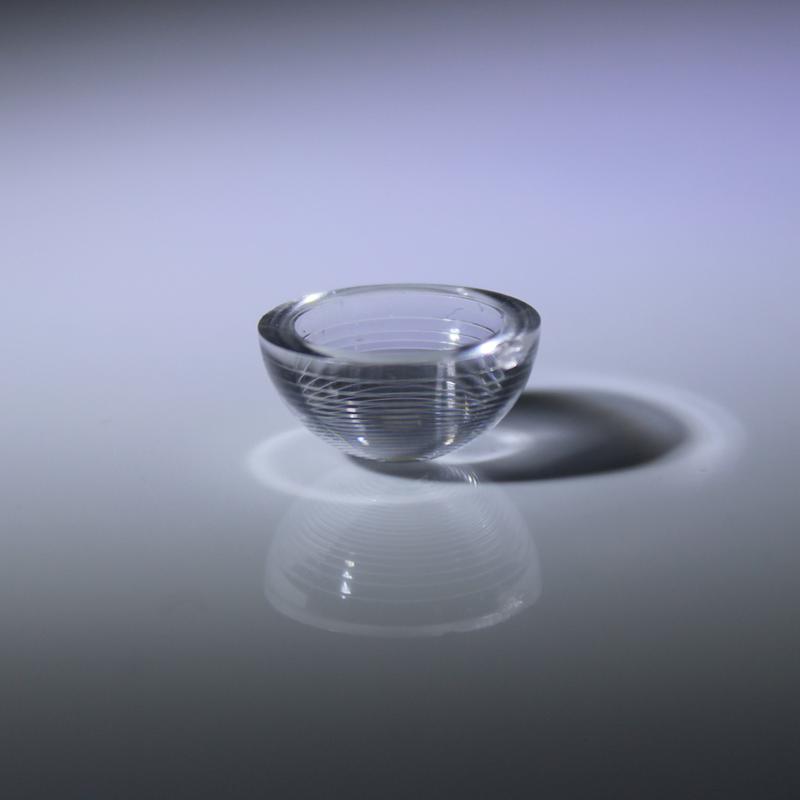What is a fresnel lens?
Slope and draft Questions you may wanna know about Fresnel lens 1) What is a Fresnel? 10) Why are Fresnel lenses not used in cameras? 11) Why do VR headsets use Fresnel lenses? 12) What is applications of Fresnel Lnes 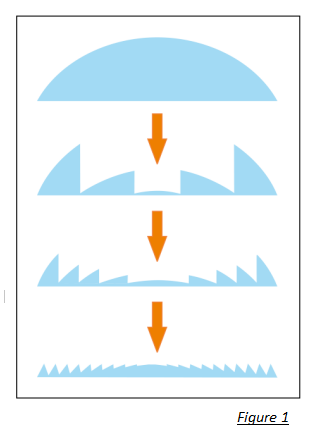
A Fresnel lens is an optical component used as an alternative to a conventional lens due to it being lighter and more cost-effective. Since the refractive power of a lens is in the optical interfaces - the lens surfaces - in a Fresnel lens the optical material is removed as much as possible while maintaining the surface curvature.
A Fresnel lens is made of several concentric grooves etched into a substrate such as plastic. Due to their characteristics, this type of lens is capable of focusing light similar to a conventional lens while being physically narrow in profile.
When compressing the lens surface into a plano surface there is the need for a finite prism pitch, and both a slope angle and draft component (Figure 3). The slope angle is responsible for refracting the light in the prescribed manner while the draft component “for the normal refractive lens design is optically inactive but necessary to return the surface profile ”back to the plane“.
Focal length and f-number
The focal length and f-number are other parameters used to specify a Fresnel lens. According to Davis and Kühnlenz (2017), typically, “the focal length [f] is the distance from the lens to where an idealized collimated input beam converges to a point (Figure 4). More specifically, for a lens with prism facets on one side and a flat plano surface on the other side, the effective-focal-length is very closely approximated as the distance from the prism surface of the lens to the focal point. Also, it is commonplace to define the back-focal-length as the distance from the plano side of the lens to the focal point."
The other parameter - the f-number - is the ratio of the focal length to the clear aperture diameter of the lens (φ). Alternatively, the f-number is referred to as the “speed” of the lens: when the f-number is low, the lens will concentrate the light faster, while a lens with a higher f-number will concentrate light slower.
Collimating and converging Fresnel lenses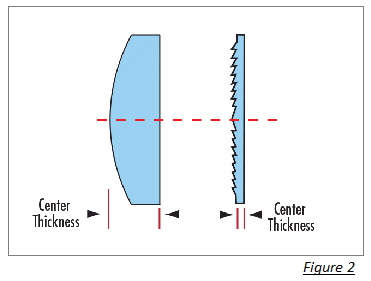
There are two types of Fresnel lenses based on how they affect light: collimating and converging lenses. A collimating lens converts a light source to a beam of parallel light (Figure 5). On the other hand, a concentrating lens converts parallel light rays to a focal point, therefore concentrating them (Figure 6). Davis and Kühnlenz (2017) also explain that “a grooves-out design directs the facets towards the side of the collimated beam (also called the infinite conjugate or the long conjugate) and a grooves-in design orients the facets towards the focal point (also called the short conjugate). (The) selection of the facing direction of the grooves, especially for fast lenses, plays an important role in determining the lens transmission efficiency.”
Disadvantages of Fresnel lenses
One of the main disadvantages of using a Fresnel lens is the lost light due to incidence on the draft facet. A way to minimize this would be to make the facet perfectly vertical. However, in reality, when manufacturing this type of lens, the draft facet requires at least a few degrees of tilt in order to facilitate mold release. Loss of light can be minimized by a design which locates the draft facet within the “shadow” of a slope facet. While this option keeps a high total transmission efficiency, luminance is reduced.
The grooves of the Fresnel lens have also to be taken into consideration when applying the lens as a component of a display application or any application in which the lens is looked-through. To minimize the impact of the grooves, the lens has to have a facet pitch less than or equal to the resolving power of the human eye, making the prisms smaller than can be seen. 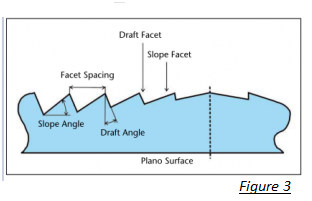
A Fresnel lens replaces the curved surface of a conventional optical lens with a series of concentric grooves. These contours act as individual refracting surfaces, bending parallel light rays to a common focal length.
2) Who invented the Fresnel lens?
A Fresnel lens is a type of composite compact lens originally developed by French physicist Augustin-Jean Fresnel (1788–1827) for lighthouses. It has been called "the invention that saved a million ships.
3) What is the use of Fresnel lens?
Fresnel lens, succession of concentric rings, each consisting of an element of a simplelens, assembled in proper relationship on a flat surface to provide a short focal length. The Fresnel lens is used particularly in lighthouses and searchlights to concentrate the light into a relatively narrow beam
4) What are Fresnel lenses made of?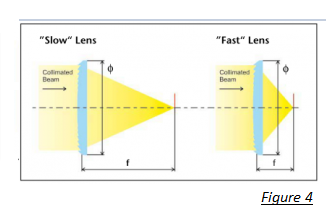
Fresnel lenses are usually made of glass or plastic; their size varies from large (old historical lighthouses, meter size) to medium (book-reading aids, OHP viewgraph projectors) to small (TLR/SLR camera screens, micro-optics).
5) Can you cut a Fresnel lens?
Fresnel lenses have circles etched in them that get smaller and smaller as they go toward the center of the lens. This concentrates the light in the direct center of the lens.You can cut an 8" X 10" lens down to 2" X 3" (not the cheapest method), as long as youget the center portion.
6) What is the first Fresnel zone?
The First Fresnel Zone (FFZ) is the difference between the direct path (XY) and an indirect path that touches a single point on the edge of the Fresnel zone (XZY) is half the λ. To guarantee a consistent communication at least 60% of FFZ has to be clear of obstructions. However, more than 80% clearance is recommended.
7) How does a Fresnel lens work?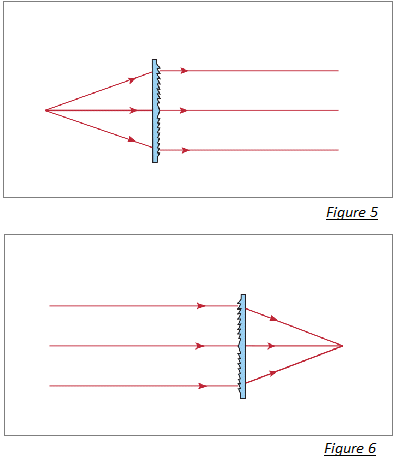
If you have ever looked at the lens of a magnifying glass, you know that it is thick in the middle and tapers down to nothing at the edges. In other words, it is shaped like a lentil, which is where the word lens comes from. It would not be very easy to make a big magnifying glass lens for your RV because it would be thick, heavy and hard to mount.
The thin piece of plastic you are using is called a Fresnel lens. It is flat on one side and ridged on the other. Fresnel lenses we first used in the 1800s as the lens that focuses the beam in lighthouse lamps. Plastic Fresnel lenses are used as magnifiers when a thin, light lens is needed. The quality of the image is not nearly as good as that from a continuous glass lens, but in lots of applications (like your RV), perfect image quality is not necessary.
The basic idea behind a Fresnel lens is simple. Imagine taking a plastic magnifying glass lens and slicing it into a hundred concentric rings (like the rings of a tree). Each ring is slightly thinner than the next and focuses the light toward the center. Now take each ring, modify it so that it's flat on one side, and make it the same thickness as the others. To retain the rings' ability to focus the light toward the center, the angle of each ring's angled face will be different. Now if you stack all the rings back together, you have a Fresnel lens. You can make the lens extremely large if you like. Large Fresnel lenses are often used as ¬solar concentrators.
8) How are Fresnel lenses made?
Different fabrication techniques can be used for Fresnel lenses. Frequently, one makes them in the form of plastic lenses, using molding or embossing processes. GlassFresnel lenses can be fabricated with computer-controlled milling. Usually, Fresnel lenses are made as a single piece of material.
9) How much is a Fresnel lens?
The cost and price of fresnel lens depends on exact Sizes, Weights, Quantities and other details, but it is a cost-effective choice.
Inexpensively made Fresnel lenses make poorer quality images than traditional glasslenses because of a problem called spherical aberration: light rays traveling through aFresnel lens at different angles will come to a focus at slightly different points, giving a blurred image.
If your eyes focus on something far away, they focus on infinity. That means the rays of light are parallel and the lenses of your eyes are relaxed.
If an object like this little fly moves closer to your eyes and you want to keep it in focus your lens bends and breaks the light differently. To keep the fly in focus all the light from a single point on the insect needs to be focused on a single point in the back of your eyes.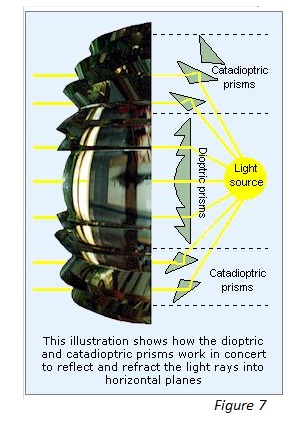
If the fly comes too close the lens cannot bend enough and you lose focus.
This is why VR HMDs need special lenses, so the angle of the light from the lenses is corrected so that it can be used by our eyes again.
Because the light rays hit your lens at a different angle you perceive the image as farther away than it really is.
To make the headset lenses thinner and lighter some VR HMDs use Fresnel lenses, which are lenses with the same curvature as regular lenses but they are segmented.
But using Fresnel lenses means that you have to make compromises. You can create lenses with many segments, which results in a sharper image. However, you lose light that gets scattered at the peaks that do not have the right curvature.
As an alternative you can create Fresnel lenses that have fewer segments, which results in less scattered light and more contrast but will also give you images that aren’t as sharp.
These are the basics for understanding how optics for VR HMDs work. Subscribe to our newsletter to stay up to date on all things optic and VR.
Fresnel lenses have a variety of applications due to their thin, lightweight construction, good light gathering ability, and availability in different sizes (Figure 2). They are often used in light gathering applications (e.g. condenser systems or emitter/detector setups), as magnifiers or projection lenses in illumination systems, and image formulation.
A myriad of applications that can be condensed in three main categories:
Light collimation: since a Fresnel lens can collimate a light source easily, it can be used in situations when this is required like lighthouses (Figure 7).
Light collection: this is one of the most common applications for this type of lens. It is usual in solar applications, to concentrate light onto a photovoltaic cell or to heat a surface.
Magnification: a Fresnel lens can be used as a magnifier or projection lens. In general, Fresnel lenses are optimal for applications requiring thin, lightweight, and inexpensive lens elements. This type of lens is not a recent technology, but its use has increased due to improvements in manufacturing techniques and materials.

